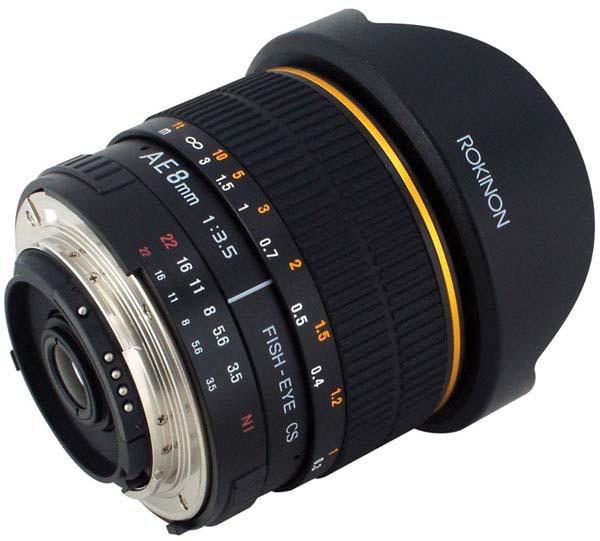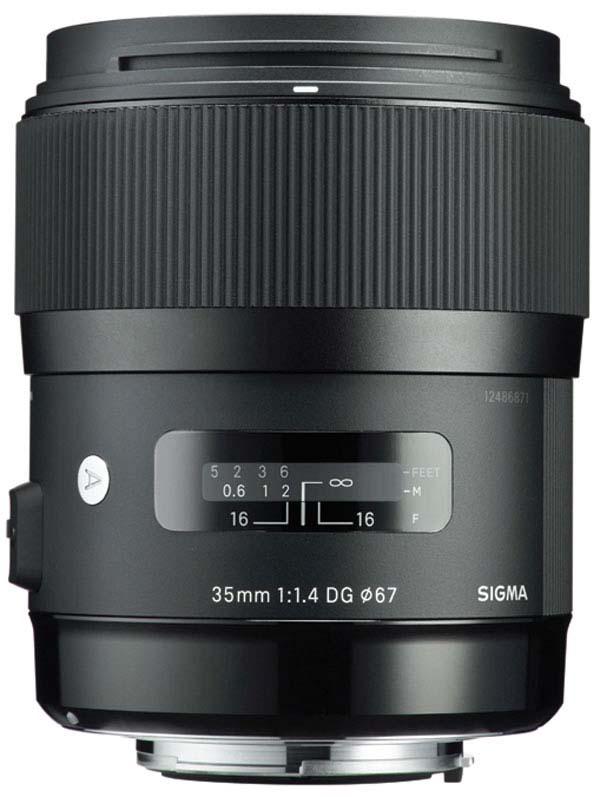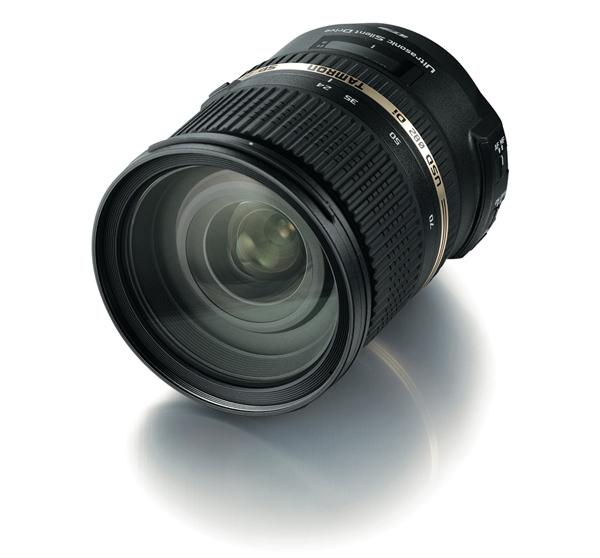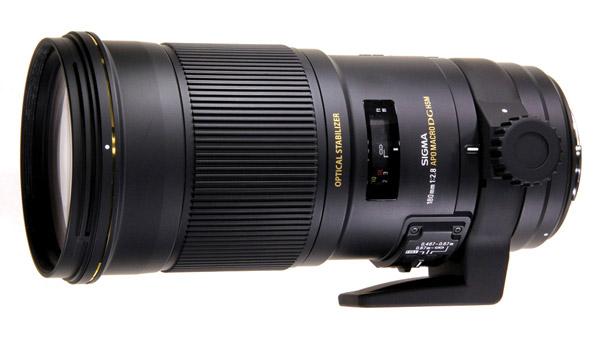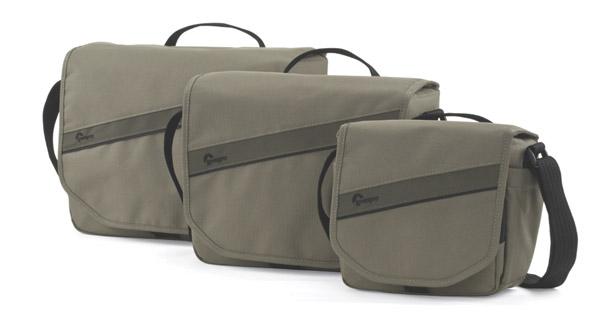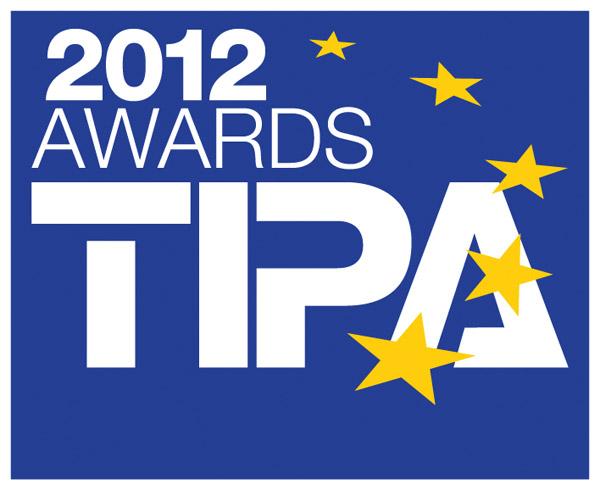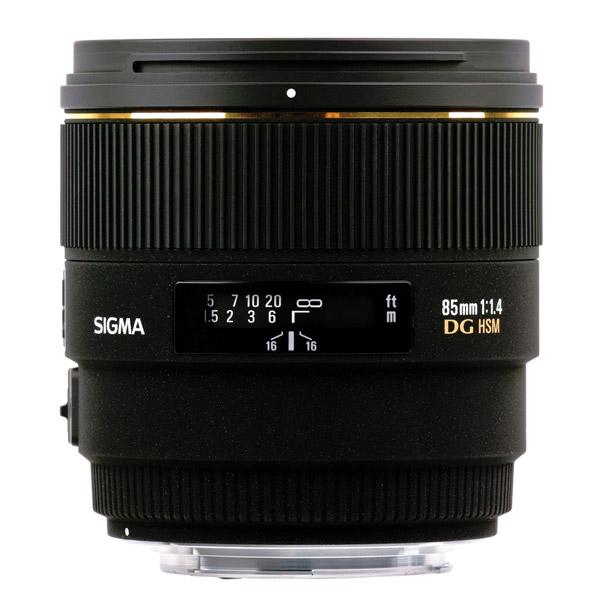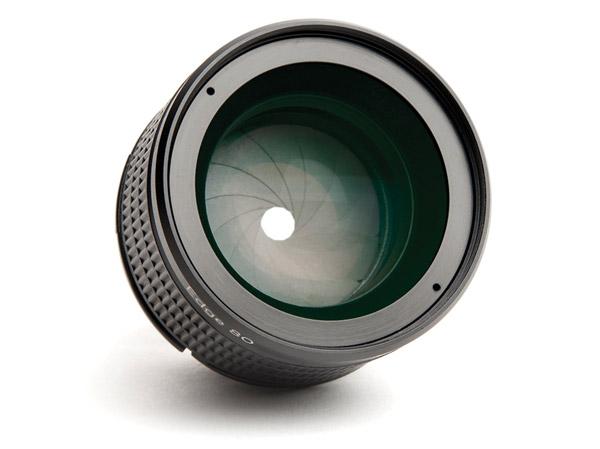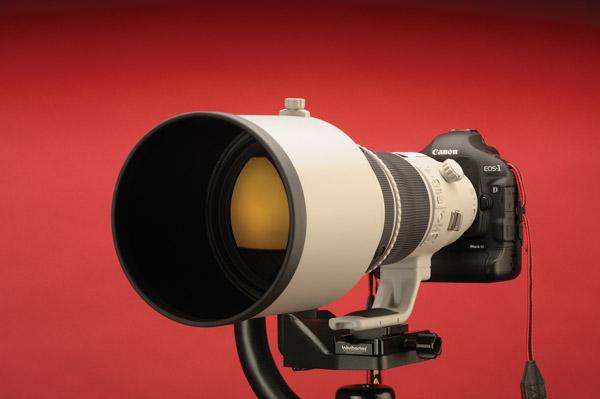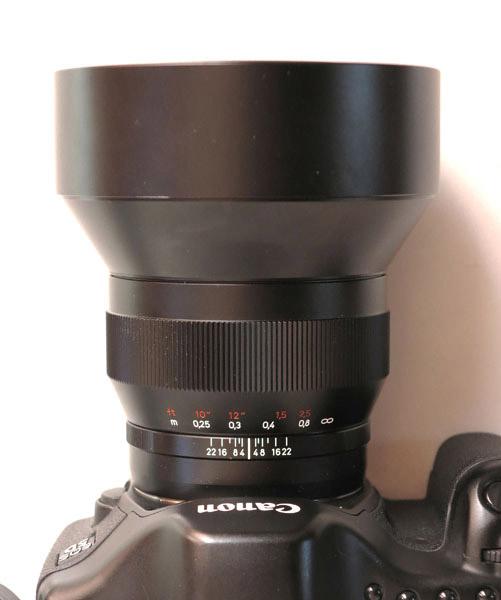Lens News
Sort By: Post Date TitlePublish Date
|
Sep 03, 2013 |
First Published: Aug 01, 2013 |
|
Aug 16, 2013 |
|
Aug 12, 2013 |
First Published: Jul 01, 2013 |
|
Aug 06, 2013 |
First Published: Jul 01, 2013 |
|
May 06, 2013 |
First Published: Apr 01, 2013 |
|
Feb 07, 2013 |
First Published: Jan 01, 2013 |
|
Dec 14, 2012 |
|
Sep 24, 2012 |
First Published: Aug 01, 2012 |
|
Aug 09, 2012 |
First Published: Jul 01, 2012 |
|
Jun 18, 2012 |
First Published: May 01, 2012 |
|
Jun 15, 2012 |
First Published: May 01, 2012 |
|
Jun 06, 2012 |
First Published: May 01, 2012 |
|
May 16, 2012 |
First Published: Apr 01, 2012 |

